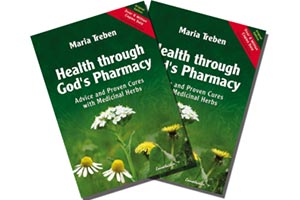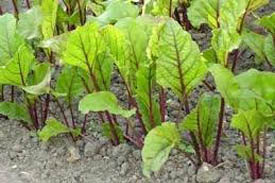Gardening: Nasturtium
 What do your squash plants and nasturtiums have in common? Well for one thing, if you had planted our flowering herb with the squash, you would have greatly reduced your squash bug problem, which will be rearing its head soon.
What do your squash plants and nasturtiums have in common? Well for one thing, if you had planted our flowering herb with the squash, you would have greatly reduced your squash bug problem, which will be rearing its head soon.
Old-timers who filled their gardens with flowers quickly discovered that “eight the majus” – an eight foot climbing variety, or the “minus” – the dwarf bush variety, will repel a large variety of insects from nearby vegetables and fruits. Not only does it aid as an insect repellent, it is non-toxic to your health. Many gardeners find the nasturtium beneficial in a salad and welcome its peppery leaves, seeds, and flowers.
Nasturtiums are a good predictor of the lime deficiency in your garden bed; for if the nasturtium attracts aphids, it is telling you of a lime deficiency. Dust some James River dolomite powdered limestone, and shortly the aphids will disappear. Nasturtiums prefer a slightly alkaline soil.
If you are gong to be setting out fall broccoli, an inter-planting with nasturtium will provide protection from aphids. White flies can be a problem at times, especially in a greenhouse environment, and nasturtium majus is a good solution. If it is inconvenient to grow the plant, try grinding the leaves in a blender, then strain and spray the juice on the garden or greenhouse plants for protection.
Nasturtiums do best in poor soil, if you want flowers and small growth; otherwise in rich soil, you will have maximum growth and few flowers. If you are growing for eating, you will have more vitamins with the rich soil approach as well as insect repellent qualities.
Most gardeners start their nasturtiums early in flats during the pre-spring months so that is can be set out as a started plant; however now is a good time considering you will be starting pole beans and winter squashes. Nasturtium will not provide protection to other plants unless it has some growth on it. If you direct seed, you can start in a corner of the garden with poor soil, lots of sun, and some moisture. Nasturtiums do not require a lot of water. Transplant later on.
When the garden season draws to a close, make some houseplants for show and mulching through the winter. Root some leaf tip cutting in sand and pot. Place in a sunny location. Save your seeds for next season.
Now for the best part: eating nasturtium. All of the plant is edible and delicious. Choose the young leaves and tips for salads. The seeds are as large as garden peas, and if you gather them green, you can make mock capers.
Gather your seeds green, wash them well, and place in small mason jars. Boil a mixture of hot peppers, salt, vinegar, sugar, and black pepper. Let the liquid cool then pour over the seeds. You will enjoy mock capers for many months until next harvest.
God Bless
Copyright: 2009 Back2theLand.com, Mark Steel



